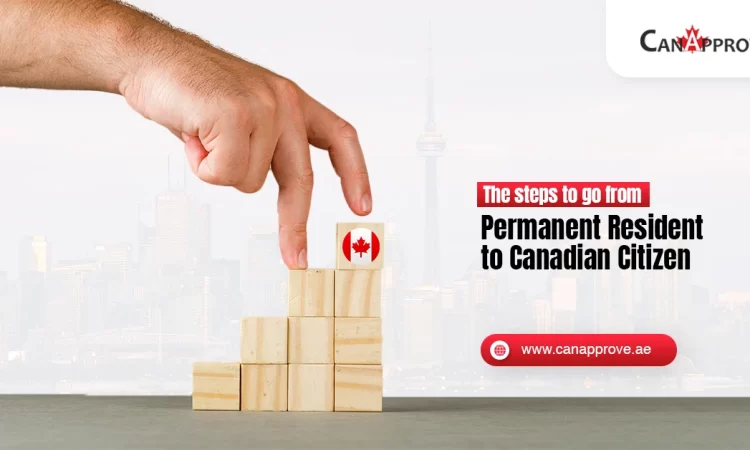It is being reported that Canada has already processed 452,000 study permits this year. Canada is even preparing a strategy plan to expand PR pathways for international students and temporary foreign workers. This has made opportunities for study in Canada even more valuable and exciting for prospects.

In fact, Canadian Bureau of International Education (CBIE) found about “59.4% of surveyed prospects who are wiling to study in Canada wanted to become Canadian permanent residents after graduation.
The present immigration policy allow foreign graduates to qualify for Canada Permanent Residency (PR) in minimum time on basis of their full-time work experience with a Post-Graduation Work Permit (PGWP).
Generally, “a PGWP holder needs to gain one year of professional work experience in a National Occupational Classification (NOC) code of 0, A, or B” to become eligible to apply for Canada PR.
In this blog post, we will discuss about how you can obtain a Post-Graduation Work Permit and remain in Canada for a new life.
Also read our previous blog on How To Find Work In Canada On Student Visa For You and Your Partner/Spouse? Click here.
PGWP for Canada PR Eligibility
Post Graduate Work Permit (PGWP) is the most preferred route by recent foreign graduates from any Canadian institutions increases their chances of qualifying for Canadian permanent residency.
PGWP eligibility is determined by whether the applicant has:
- Minimum eight months study course at an eligible Designated Learning Insitute in Canada
- The study program must leads to a degree, diploma, or certificate
- Proof of full-time student status in Canada during every academic session of the enrolled program
Further, special arrangements were made during the coronavirus pandemic to qualify under PGWP for Canada PR. Students studying at a DLI via distance learning were made eligible for a PGWP.
Starting from Since September 1st, 2023, study time completed abroad “will be deducted from the length of international student’s PGWP regardless of when the international student began their studies.
Our study abroad councellors can clarify your specific doubts regarding your eligbilty for PGWP for Canada PR. Make sure to contact them here.
How to Apply for PGWP and Qualify for Canada PR?
Interested and eligible foreign graduates in Canada or soon-to-be graduates may apply to Immigration, Refugees, and Citizenship Canada (IRCC) to obtain PGWP.
At this moment, applicant must gather the following documents:
- A degree or diploma
- An official letter from your school
- An official transcript, or a copy of your transcript from your school’s website
IRCC may request additional documents when an application is received
Candidates must ensure that they have upto six months (180 days) to submit their application from the day they receive their official transcript and letter confirming program completion.
Key pointers on Canada PGWP
|
Check out recently released 2021 census report on immigration population in Canada.
Fulfilling your Study in Canada Dreams with CanApprove
Canada’s Post-Graduation Work Permit (PGWP) Program is one of the most popular immigration options for international students. It allows them to gain work experience and have a better chance at qualifying for permanent residency.
The Provincial Nominee Program is another significant immigration program for international students. There are dedicated provincial immigration streams from Saskatchewan, Manitoba, British Columbia, and Ontario that nominate international student graduates to apply for provincial nominations.
If you are in the Express Entry pool, you may be invited to apply for a provincial nomination. Then if you get the nomination, it will mean you get 600 points added to your score and you will be able to apply for immigration as a PNP candidate!
Subscribe our Youtube Channel for more Immigration and Overseas Education updates.
Connect with our consultants today to learn more about the University Programs, Scholarships, Tuition Fees, and settlement options after graduation.













